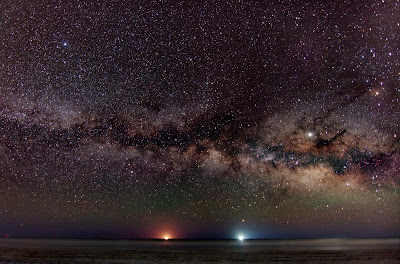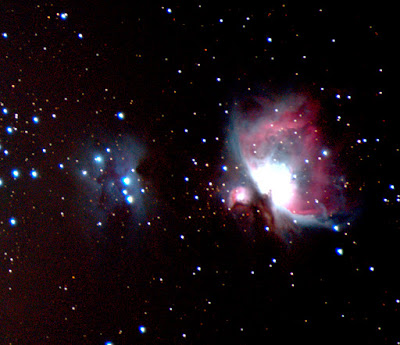Progress with Star trails, Nebula and Galaxies and the Milky Way
 |
| Rotation around the celestial north poleNikon D500 o4 D7500 TOKINA 11-15MM F2.8 LENS @11MM TAPED FOCUS AT INFINITY USING LIVE VIEW TO ADJUST FOCUS SO SSTARS WERE A POINT. |
 |
| flame nebula + Alnitak+ Horsehead nebula imagestacking (10 20 sec exposures) to reduce noise and improve signal to noise ratio |
 |
| More star trails Nikon D7500 Tokina 11-15mm f2.8 lens a@ 11mm exposure time of 20 sec ISO 400. |
 |
| MIlky Way |
 | |
| Milky Way and Jupiter and fishing boats |
 |
| MIlky Way + Jupiter + Saturn |
 |
| Milky Way over Atlantic Ocean Jupiter and fishing boats |
 |
| Whirlpool Galaxy |
 |
| PInwheel Galaxy |
 |
| M51and M52 |
PInwheel Galaxy














































